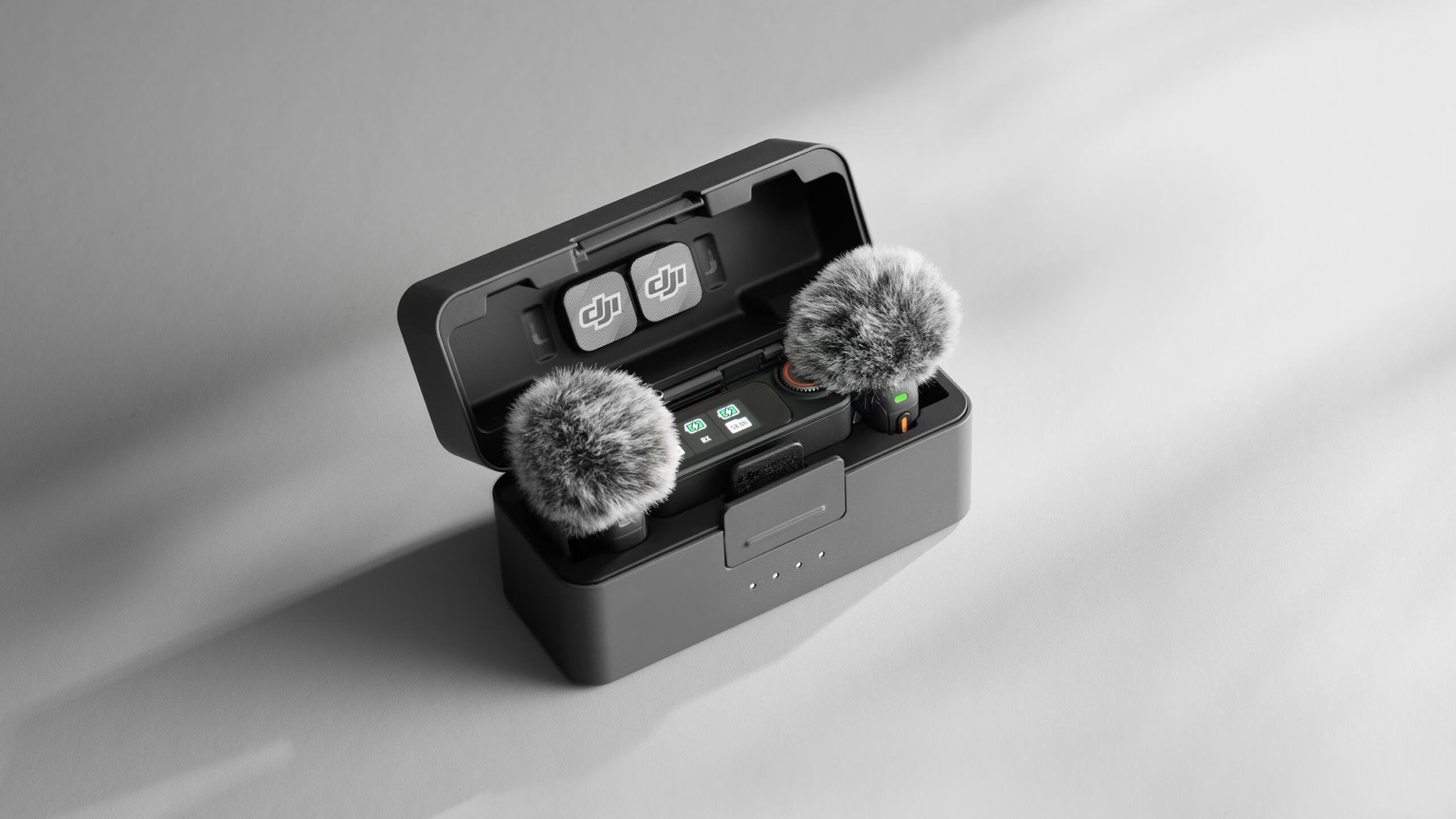DJI Mic 3 Promises Seamless Multicam Audio Capture
DJI has unveiled its latest audio solution, the Mic 3, a system designed to significantly streamline the process of capturing high-quality audio for multiple subjects simultaneously. This new offering directly addresses a persistent pain point for content creators, particularly those working with more than one person on camera, aiming to make complex multicam audio setups far more accessible and less cumbersome.
The core innovation lies in the system's ability to pair multiple transmitters with a single receiver, a feature that’s been a holy grail for many independent filmmakers and videographers. Traditionally, achieving synchronized, clean audio from several sources often involved a tangle of wires, multiple receivers, or complex software configurations. DJI's approach appears to simplify this considerably, potentially democratizing professional-sounding audio for a wider range of productions.
Unpacking the DJI Mic 3 System
At its heart, the DJI Mic 3 system consists of transmitters and a receiver. The transmitters, which are compact and clip easily onto clothing, are the individual microphones capturing the sound. The receiver then aggregates these signals. What's particularly noteworthy is the system's reported capacity to handle multiple transmitters. While specific numbers are still emerging, the implication is that creators can outfit several individuals with transmitters, all feeding into one central receiver unit. This is a game-changer for interviews, panel discussions, vlogs with multiple participants, or even dynamic narrative scenes where isolating each voice is crucial.
The system boasts impressive transmission range and audio quality, leveraging DJI's established expertise in wireless technology. Early reports suggest a robust connection, minimizing dropouts and interference, which is absolutely critical for professional audio work. The audio itself is expected to be clear and crisp, with built-in noise reduction features to further enhance the final product. This isn't just about convenience; it's about delivering a polished sonic experience that matches the visual quality creators strive for.
Key Features and Specifications
- Multi-Channel Support: The ability to connect multiple transmitters to a single receiver is the headline feature. This drastically reduces the hardware needed for multicam shoots.
- Extended Range: DJI is touting a significant wireless transmission range, allowing for flexibility in camera placement and subject movement without sacrificing audio integrity.
- High-Fidelity Audio: Expect clear, uncolored sound capture with advanced noise-canceling capabilities to isolate dialogue from ambient noise.
- Long Battery Life: Crucial for extended shoots, the transmitters and receiver are designed for prolonged operation, ensuring you won't be scrambling for chargers mid-session.
- Intuitive Setup: DJI's reputation for user-friendly design suggests that pairing and configuring the system will be straightforward, even for those less technically inclined.
The "Pain-Free" Multicam Advantage
Why is this "pain-free"? Consider a scenario: a two-person interview. Without a system like the Mic 3, you might need two separate wireless lavalier systems, each with its own receiver, and then you'd have to sync those audio tracks in post-production. It’s doable, but it adds steps and potential points of failure. With the Mic 3, you clip a transmitter onto each person, connect the receiver to your camera, and you're essentially done. The audio is captured and synced from the get-go.
This simplification extends to the setup process itself. Instead of managing multiple receiver units and their respective cables, you're dealing with one primary device. This not only saves time on set but also reduces the physical footprint of your audio gear, making it easier to travel light. For solo creators or small teams, this efficiency is invaluable. It frees up mental bandwidth to focus on directing the talent and framing the shot, rather than wrestling with audio hardware.
The ability to manage multiple audio sources through a single receiver fundamentally changes the workflow for many content creators. It's not just an incremental improvement; it's a paradigm shift for those who've struggled with audio complexity.
Impact on Content Creation Workflows
The implications for content creators are substantial. Podcasters who film their sessions, YouTubers who collaborate frequently, or even small documentary crews can now achieve professional audio without the steep learning curve or significant investment previously required for robust multicam audio. This could lead to a surge in higher-quality productions from independent creators who previously found multicam audio too daunting.
Furthermore, the ease of use means that less experienced individuals can achieve professional results. Imagine a small business owner needing to record a testimonial with a client. Instead of relying on the camera's built-in mic or a single, potentially distant microphone, they can now easily equip both individuals with transmitters for clear, distinct audio. It’s about empowering more people to tell their stories effectively.
What's Next for Multicam Audio?
DJI's move into this specific niche signals a growing recognition of the demand for integrated, user-friendly audio solutions. As video production continues to become more accessible, the bottleneck often shifts to audio quality and complexity. Systems like the Mic 3 are poised to become essential tools, much like gimbals revolutionized camera stabilization.
We'll likely see other manufacturers respond, pushing the boundaries of wireless audio technology further. The focus will probably remain on increasing channel counts, improving range and reliability, and perhaps integrating even smarter features like automatic gain control or advanced scene detection for audio optimization. For now, though, the DJI Mic 3 seems to have hit a sweet spot, offering a compelling solution to a long-standing challenge in multicam audio recording. It's an exciting development for anyone serious about sound.
